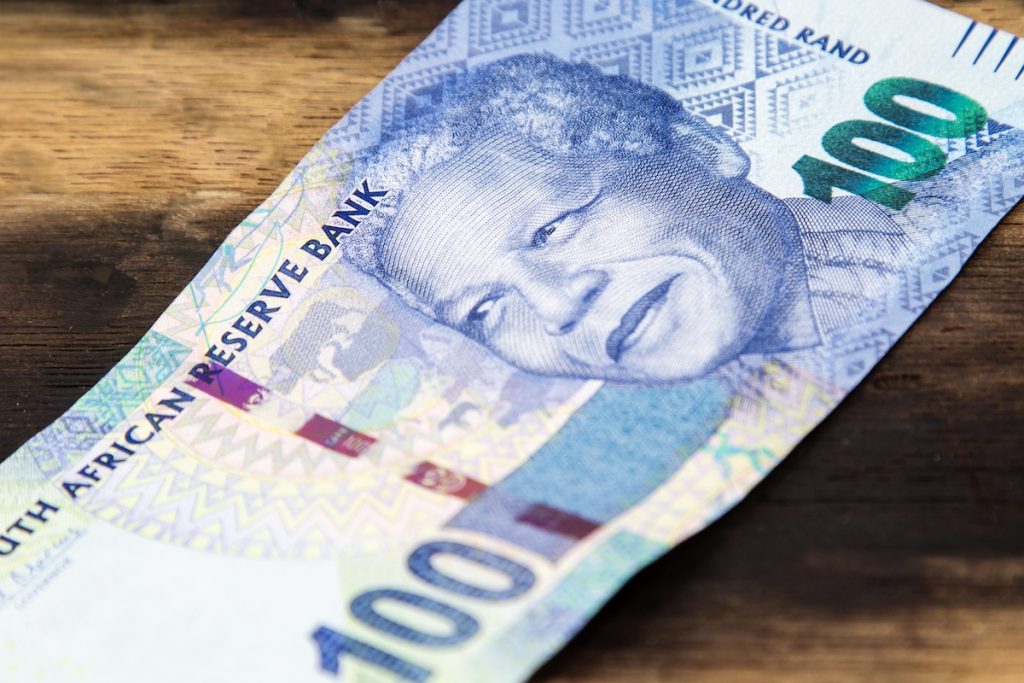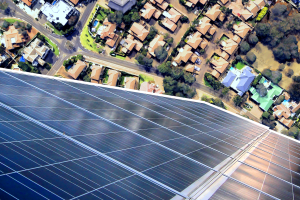Things are looking up for South Africa

South Africans have faced a difficult period, but relief could soon be on the way.
Over the last 18 months, South Africa – like several nations across the globe – has fought high inflation, a protracted economic downturn and high-interest rates.
However, Jeremy Gardiner from Ninety One said that several improvements have occurred across the global economy.
In South Africa, despite the significant mismanagement of the nation’s state-owned enterprises, the private sector has stepped in – especially when it comes to energy and the mass imports of solar panels.
The USA also looks likely to avoid a recession, and with signals from the US Federal Reserve that it is done hiking interest rates, global sentiment has improved.
“Across the pond in both Europe and the UK, the growth picture, however, remains challenging. While rates have probably peaked, inflation remains too high, and growth is stuttering, so the ‘hard landing’ possibility remains real,” Gardiner said.
There are also other risks to the global outlook, such as Iran joining the conflict in Palestine and Israel, which could push oil above $100 per barrel – resulting in inflation and interest rates growing.
Political chaos
South Africa is also entering election season, with analysts expecting the ANC to get just under or over 50% – increasing the chances of a coalition government.
Although a coalition between the DA and the ANC would be seen as a positive by the markets, it is unlikely, given that the ANC won’t come in below 40% of the vote.
“Even more unlikely, according to analysts, is a potential ANC-EFF tie‑up – fortunately, as the economic carnage a populist government would wreak on SA would be devastating. One need only look at Argentina as a case in point,” Gardiner said.
Big challenges
Although heightened periods of load shedding are still possible, the outlook is improving due to further effort, expertise, and money put into fixing the problem – much of which is coming from the private sector.
In terms of logistics, mining companies – a major taxpayer – would have exported R150 billion more if the nation’s ports and railways were working optimally.
“Similarly, and hopefully, the private sector is coming to the rescue of our railways and ports, which also, having been left in state hands, have more or less collapsed,” Gardiner said.
“This, together with tough economic times, has seen the government forced to make some hard decisions, in other words, allow business/private sector involvement. Durban has selected a partner to develop and upgrade the container terminal, and the others are headed the same way.”
“Partial privatisation is not ideal. There will still be difficult and sometimes obstructive government officials involved. For instance, the Durban deal has apparently not been signed off yet, with bureaucratic officials holding the final signature back.”
However, looking ahead, growing private sector involvement would certainly be seen as an improvement, with working electricity and logistics infrastructure essential to the nation’s growth over the next 3-5 years.
In addition, the decline in global interest rates from next year should see the dollar softening, boosting emerging market economies and currencies, and improving the global outlook – even if oil prices remain a threat.




















